
How to Use Octal Preamp Tube Socket: Examples, Pinouts, and Specs
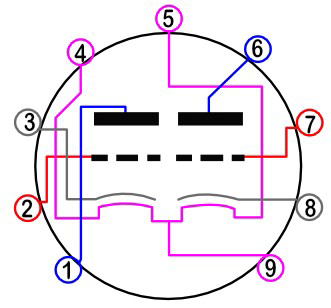
 Design with Octal Preamp Tube Socket in Cirkit Designer
Design with Octal Preamp Tube Socket in Cirkit DesignerIntroduction
The Octal Preamp Tube Socket is a specialized component designed to securely hold octal vacuum tubes, which are widely used in audio amplifiers, preamplifiers, and other high-fidelity audio equipment. This socket facilitates easy installation and replacement of vacuum tubes while ensuring reliable electrical connections between the tube pins and the circuit. Its robust design and heat-resistant materials make it ideal for high-temperature environments typically associated with vacuum tube operation.
Explore Projects Built with Octal Preamp Tube Socket
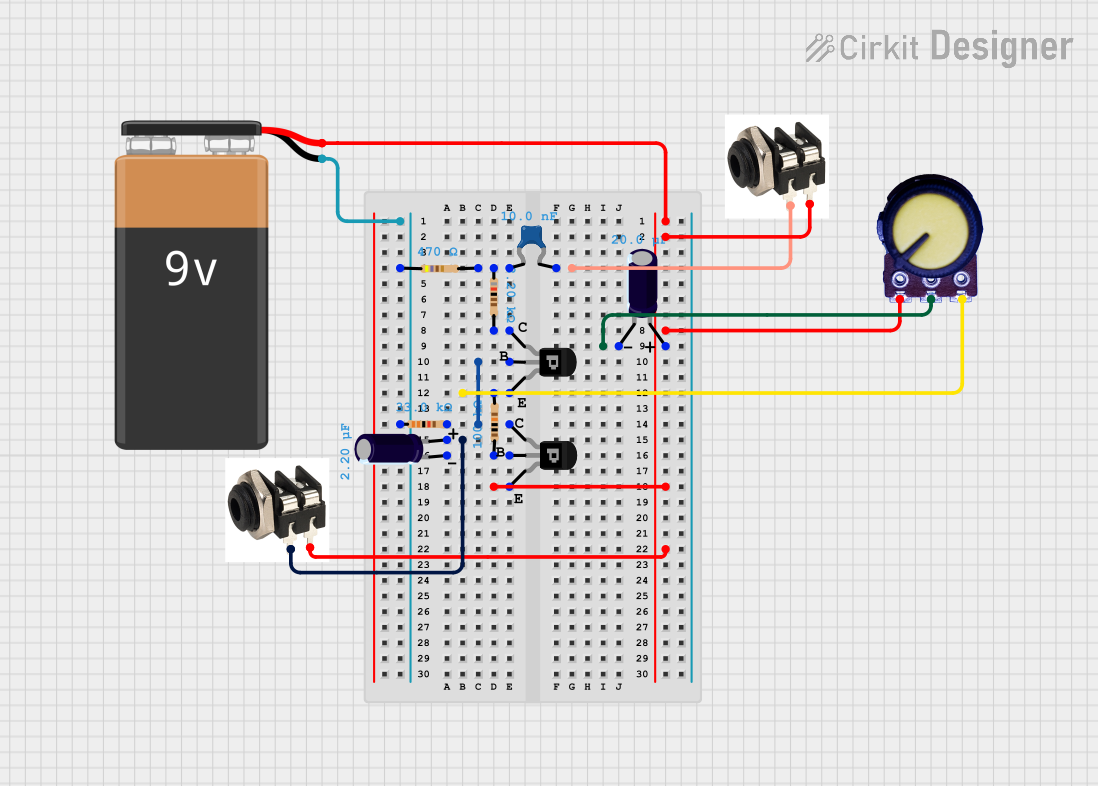
 Open Project in Cirkit Designer
Open Project in Cirkit Designer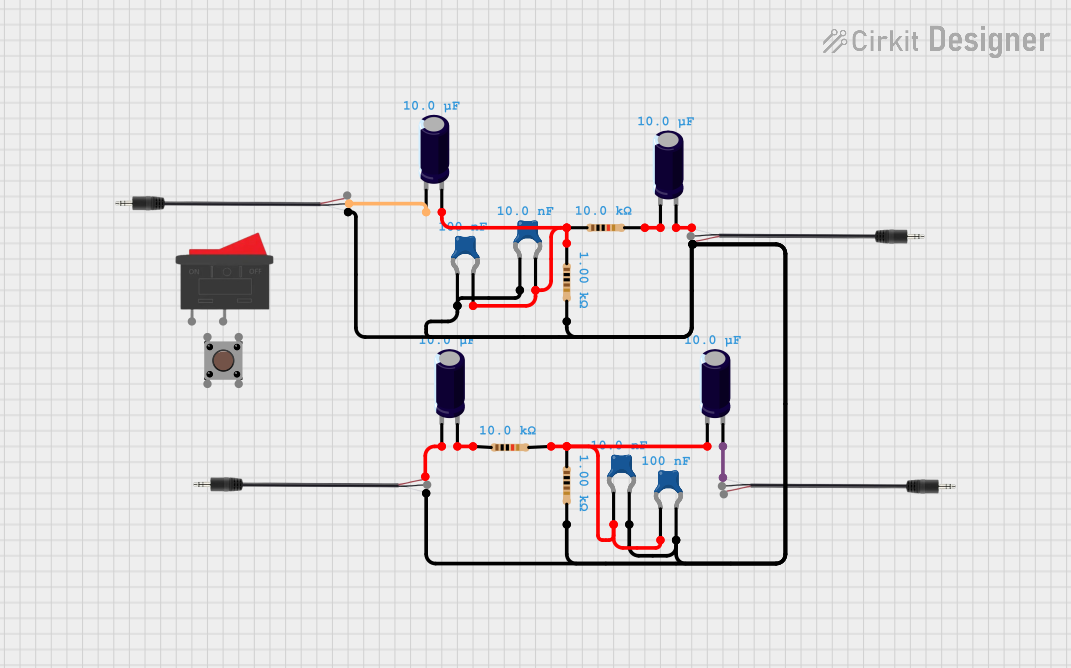
 Open Project in Cirkit Designer
Open Project in Cirkit Designer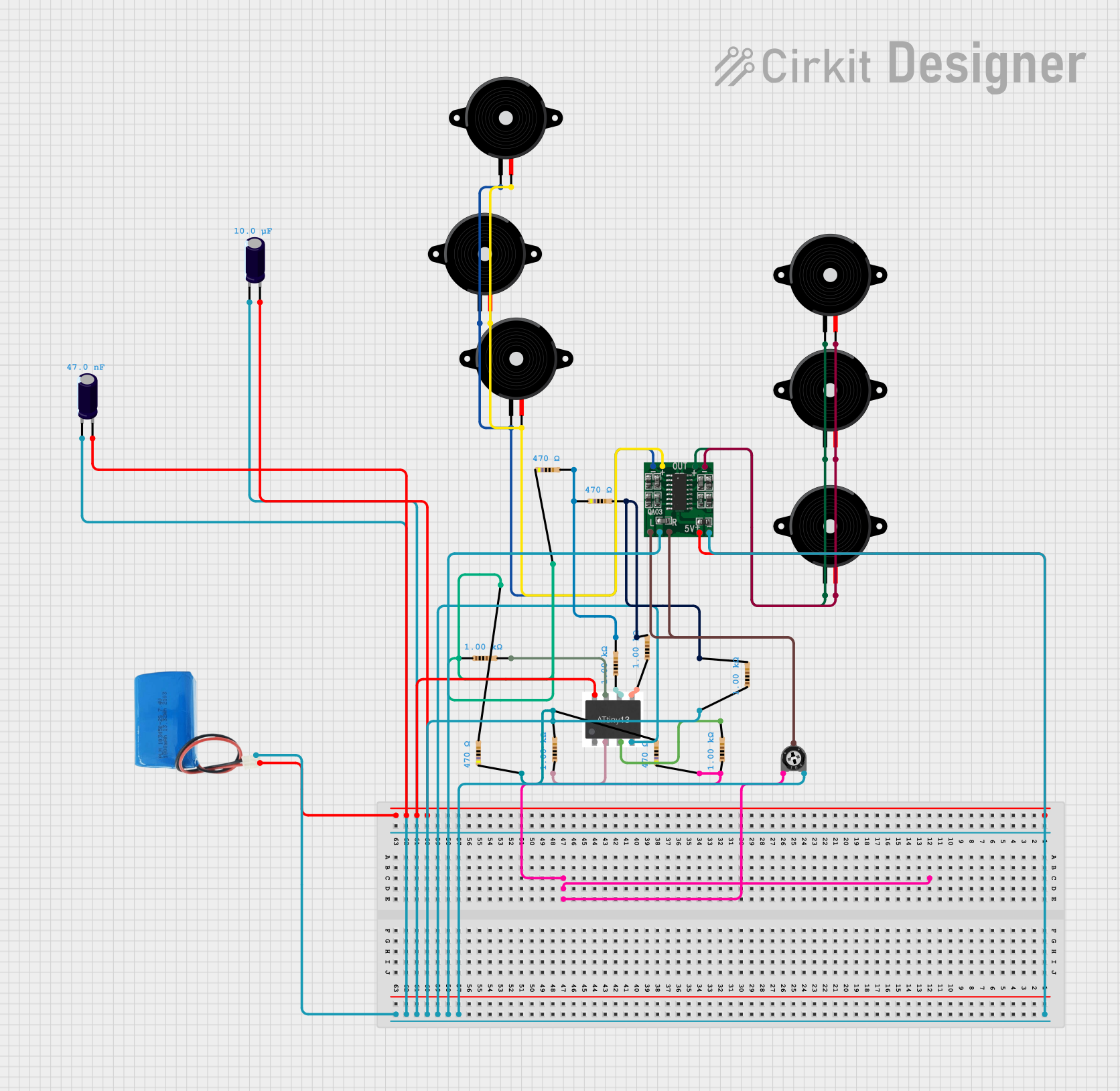
 Open Project in Cirkit Designer
Open Project in Cirkit Designer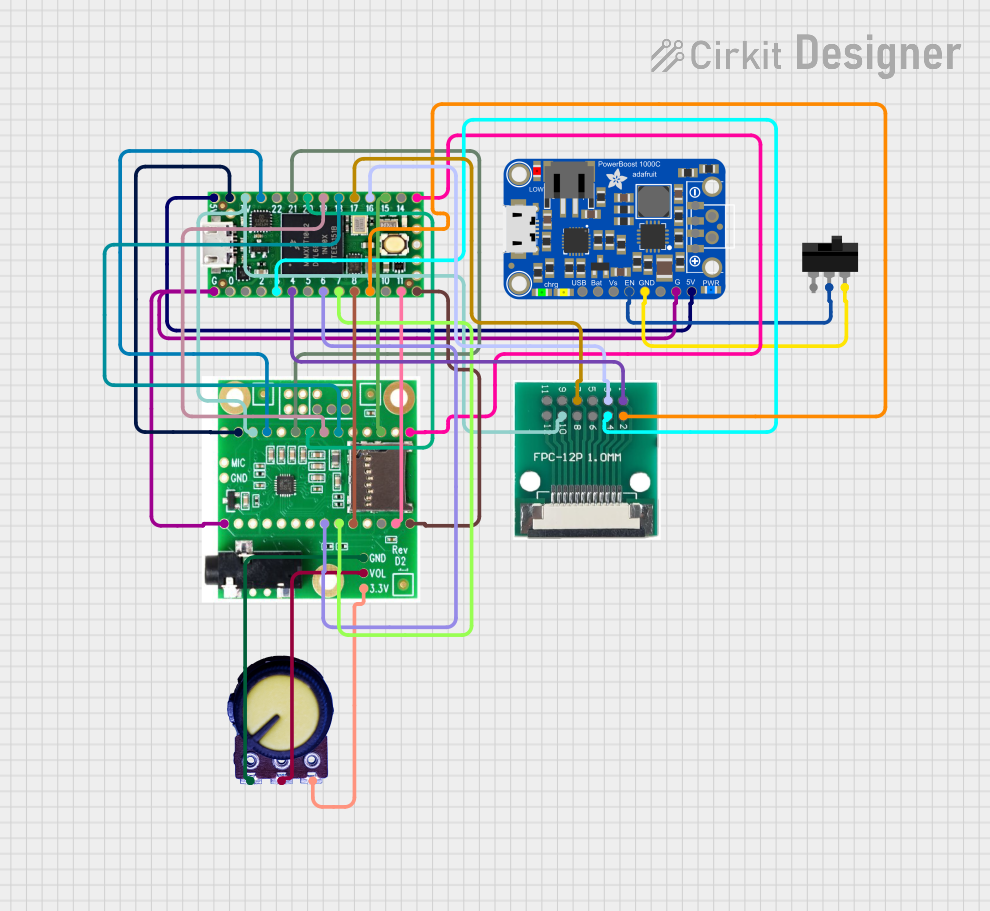
 Open Project in Cirkit Designer
Open Project in Cirkit DesignerExplore Projects Built with Octal Preamp Tube Socket

 Open Project in Cirkit Designer
Open Project in Cirkit Designer
 Open Project in Cirkit Designer
Open Project in Cirkit Designer
 Open Project in Cirkit Designer
Open Project in Cirkit Designer
 Open Project in Cirkit Designer
Open Project in Cirkit DesignerCommon Applications and Use Cases
- Audio amplifiers and preamplifiers
- Guitar amplifiers
- Vintage radio equipment
- High-end audio systems
- DIY tube amplifier projects
Technical Specifications
The Octal Preamp Tube Socket is designed to accommodate vacuum tubes with an 8-pin (octal) base. Below are the key technical details:
Key Specifications
| Parameter | Value |
|---|---|
| Number of Pins | 8 |
| Pin Spacing | 11.91 mm (center-to-center) |
| Mounting Style | Chassis mount or PCB mount |
| Material | Heat-resistant ceramic or phenolic |
| Contact Material | Nickel-plated or gold-plated brass |
| Operating Temperature | -40°C to +250°C |
| Dimensions | Varies by model (e.g., 30-35 mm diameter) |
Pin Configuration and Descriptions
The pin configuration of the Octal Preamp Tube Socket corresponds to the standard pinout of octal vacuum tubes. Below is a general description of the pin layout:
| Pin Number | Description |
|---|---|
| 1 | Heater (H1) |
| 2 | Cathode (K) |
| 3 | Grid 1 (G1) |
| 4 | Grid 2 (G2) or Screen Grid |
| 5 | Grid 3 (G3) or Suppressor Grid |
| 6 | Plate (Anode) |
| 7 | Heater (H2) |
| 8 | Cathode (K) or Shield |
Note: The exact pin assignments depend on the specific vacuum tube being used. Always refer to the tube's datasheet for precise pinout details.
Usage Instructions
How to Use the Octal Preamp Tube Socket in a Circuit
Mounting the Socket:
- For chassis-mount sockets, drill a hole in the chassis to match the socket's diameter.
- Secure the socket using screws or rivets.
- For PCB-mount sockets, solder the socket pins to the PCB pads.
Connecting the Circuit:
- Identify the pinout of the vacuum tube you are using.
- Wire the corresponding circuit connections (e.g., heater, cathode, grid, plate) to the appropriate pins on the socket.
- Use high-temperature, insulated wires for connections to prevent heat damage.
Inserting the Vacuum Tube:
- Align the keying notch on the tube base with the socket's keying slot.
- Gently press the tube into the socket until it is fully seated.
Testing the Circuit:
- Power on the circuit and verify that the tube operates correctly.
- Check for proper heater glow and ensure there are no loose connections.
Important Considerations and Best Practices
- Heat Management: Ensure adequate ventilation around the socket to dissipate heat generated by the vacuum tube.
- Contact Quality: Periodically inspect the socket contacts for oxidation or wear, which can degrade electrical connections.
- Tube Compatibility: Verify that the socket is compatible with the specific octal tube you intend to use.
- Soldering Precautions: When soldering PCB-mount sockets, avoid excessive heat that could damage the socket or PCB.
Example: Using with an Arduino UNO
While the Octal Preamp Tube Socket itself is not directly connected to an Arduino UNO, it can be part of a larger circuit where the Arduino controls the tube amplifier. Below is an example of how an Arduino can control a relay to switch the high-voltage supply for a tube amplifier:
// Example: Arduino controlling a relay for a tube amplifier
const int relayPin = 7; // Pin connected to the relay module
void setup() {
pinMode(relayPin, OUTPUT); // Set relay pin as output
digitalWrite(relayPin, LOW); // Ensure relay is off at startup
}
void loop() {
// Turn on the relay to power the tube amplifier
digitalWrite(relayPin, HIGH);
delay(10000); // Keep the amplifier on for 10 seconds
// Turn off the relay to cut power to the amplifier
digitalWrite(relayPin, LOW);
delay(5000); // Wait for 5 seconds before turning it on again
}
Note: Ensure proper isolation between the Arduino and the high-voltage circuit of the tube amplifier. Use an optocoupler or relay module for safety.
Troubleshooting and FAQs
Common Issues and Solutions
| Issue | Possible Cause | Solution |
|---|---|---|
| Tube does not light up | Loose or poor connection in heater pins | Check and secure heater connections |
| Intermittent audio or noise | Oxidized or dirty socket contacts | Clean contacts with contact cleaner |
| Tube does not fit into the socket | Misalignment of tube keying notch | Align the tube properly before insertion |
| Overheating of socket or tube | Poor ventilation or excessive current | Improve ventilation; check circuit design |
FAQs
Can I use this socket for non-audio applications?
Yes, the Octal Preamp Tube Socket can be used in any circuit requiring octal vacuum tubes, including RF amplifiers and power supplies.How do I clean the socket contacts?
Use a small brush and contact cleaner to remove dirt or oxidation. Avoid abrasive materials that could damage the contacts.What is the maximum voltage the socket can handle?
The socket itself can typically handle up to 500V, but always check the manufacturer's specifications for your specific model.Can I use this socket with a PCB?
Yes, PCB-mount versions of the Octal Preamp Tube Socket are available. Ensure your PCB design matches the pin layout.
By following this documentation, you can effectively integrate the Octal Preamp Tube Socket into your projects and ensure reliable performance.